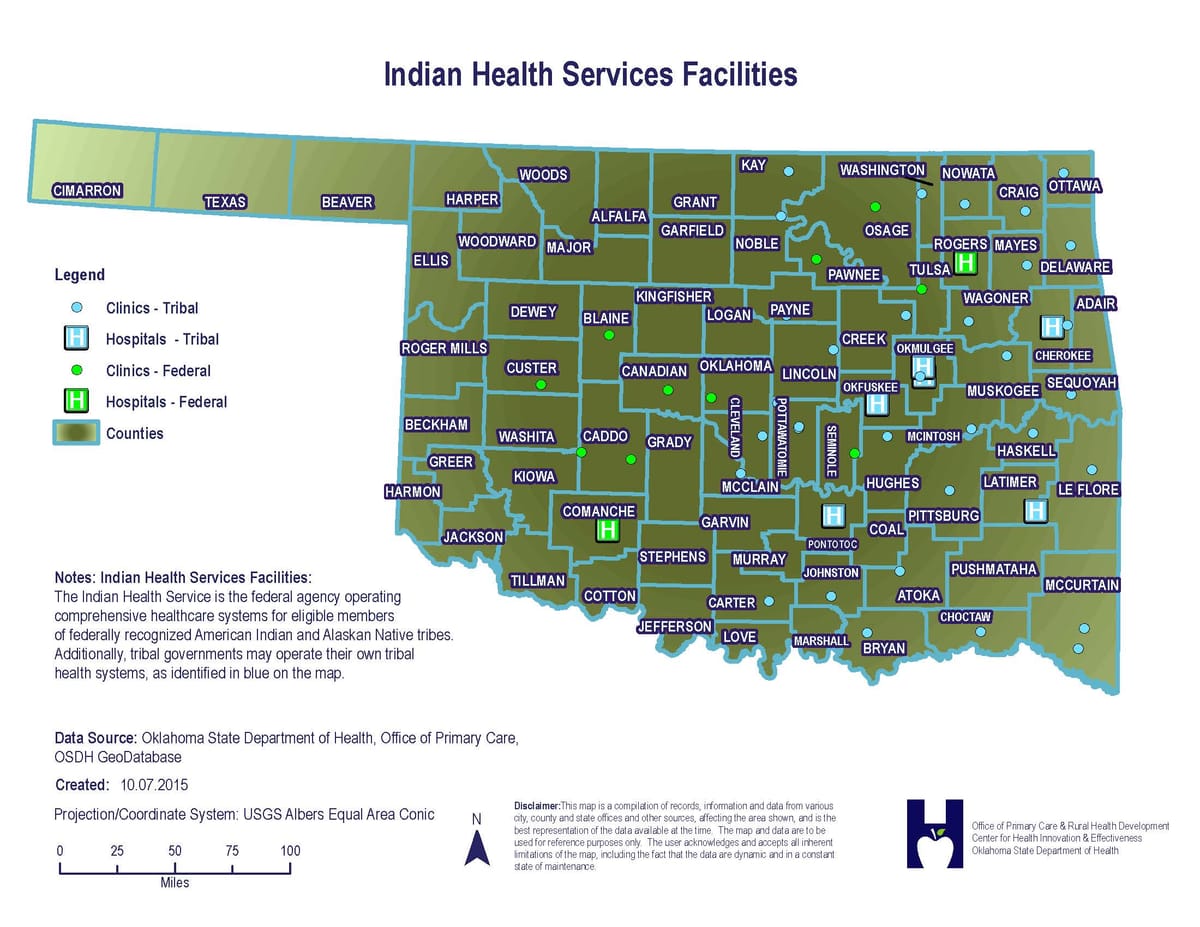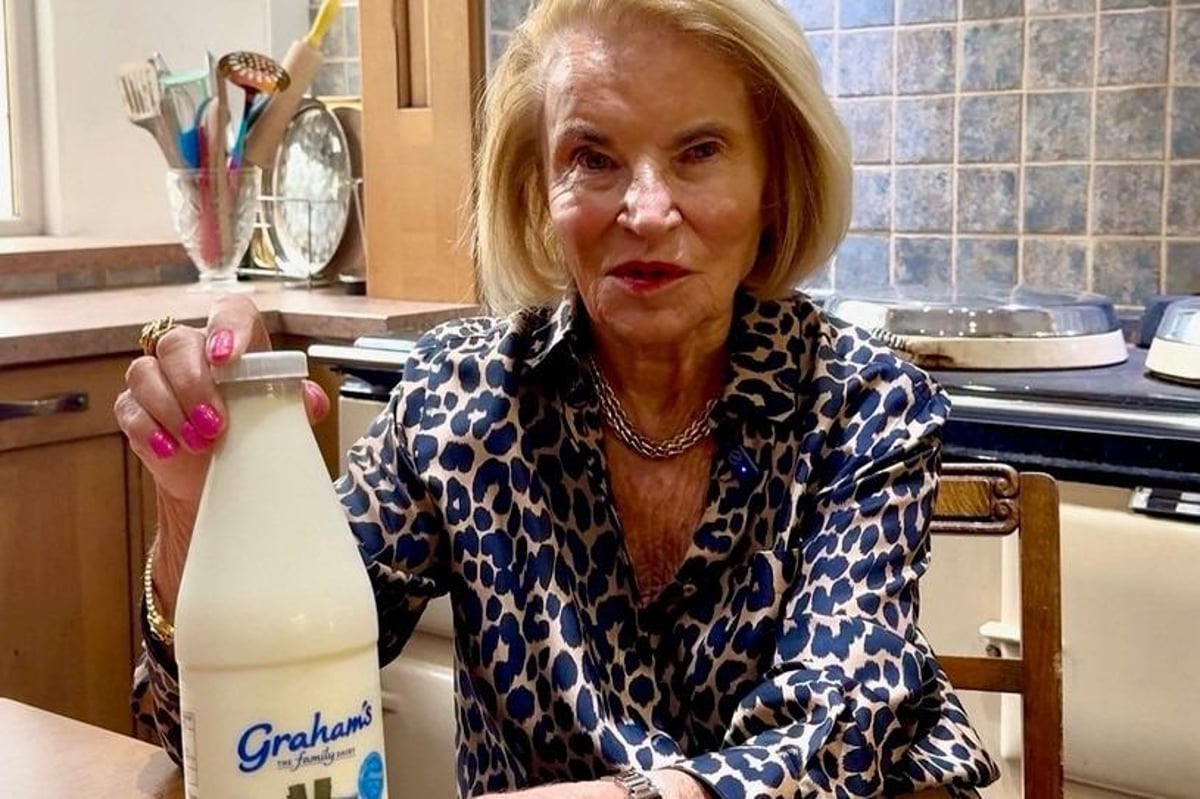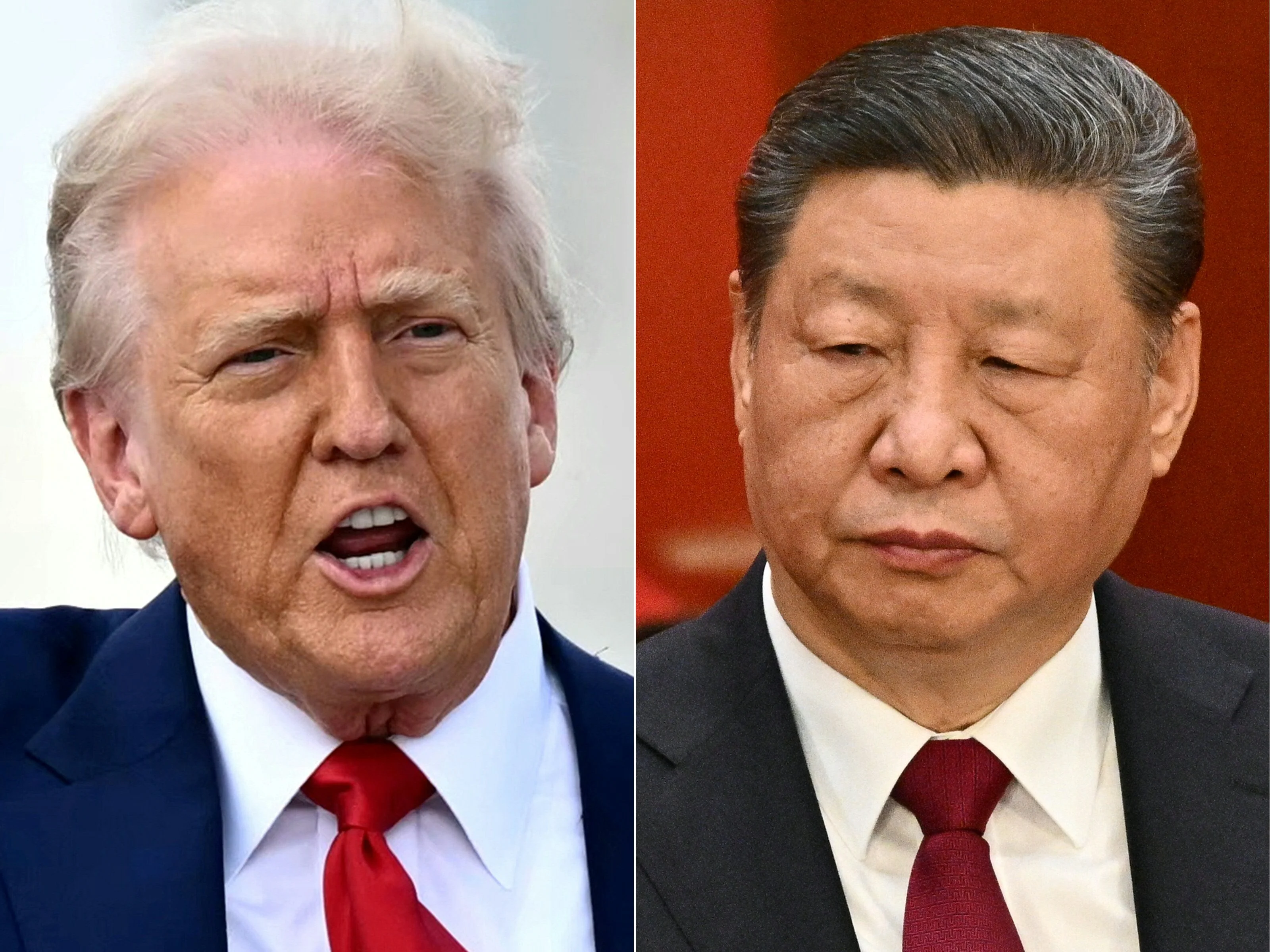By Native Oklahoma
Copyright nativeoklahoma

By Leah Smith, Gaylord News
WASHINGTON – Health services for Native Americans in Northeast Oklahoma are expecting a major boost following Cherokee Nation’s takeover on Wednesday of the Claremore Indian Hospital, one of two federally run Indian Hospitals remaining in the state of Oklahoma.
The takeover of the hospital by the 460,000-member tribe was approved Sept. 23 by the U.S. Health and Human Services Department. That leaves the Lawton Indian Hospital, located in Southwest Oklahoma, as the last remaining federally operated native hospital in the state.
For a little over the past decade, healthcare has been one of the main focuses of the Cherokee Nation. Hospitals and clinics have been renovated, as well as new facilities being opened.
In 2022, Chief Hoskin Jr. told Tribal Business News, “COVID did two things: It sharpened our focus on what health care needs were, it also created an environment where we had access to funding we didn’t have before.”
Located in the capitol of the Cherokee Nation, the 56-bed W.W. Hastings Hospital has been providing services to members of the Cherokee Nation since 1936. In 2023, Cherokee Nation began a $400 million project to expand the hospital’s services. The hospital currently has 56 beds but will open up to 127 under the new expansion.
“It’s critical that our citizens have health coverage for their families and bridge any gap for necessary specialty medical care or emergencies that should arise outside our health system,” said Hoskin in a press release.
The Cherokee Nation is not alone in the movement to provide a higher standard of care to tribal members. The Choctaw Nation has taken over the IHS facility in Talihina. Chickasaw Nation is working with IHS to build a new 72 bed medical facility in Newcastle, located in the Oklahoma City metro. This hospital is located in the northwest corner of the tribe’s reservation.
“The Chickasaw Nation has a long and proud history of providing top-tier services to its citizens. I have no doubt this new healthcare facility will do much to further our mission to raise the physical, mental, social, and spiritual health of American Indians and Alaska Natives to the highest level,” said IHS director, Roselyn Tso.
Many members of the Cherokee Nation rely on the services provided by the nation. These can include career services, childcare and development, education services, real estate services, health services and many others. Health care services have a positive impact on Cherokee Nation members every day.
“Our family has received our healthcare from Cherokee Nation clinics and the Indian Hospital in Claremore. The Claremore hospital is actually where I was born,” said Caleb Wofford, a member of Cherokee Nation. “My personal experience receiving healthcare at those facilities has been nothing but good experiences. The staff is very knowledgeable and has always made me feel comfortable during visits.”
The Cherokee Nation’s growing healthcare standard is one that members appreciate and enjoy.
“I think providing efficient, well-staffed, and accessible healthcare to our family has made healthcare something our family did not have to worry about, and I feel very blessed to be able to say that.” said Wofford.
The healthcare officials make the experience better for the tribal members. Members of the Cherokee Nation like Choogie Kingfisher have seen a rising quality of care over the years.
“It’s because of the doctors that they’re getting in,” said Kingfisher. “Overall, as they continue to get bigger, it seems like they’re trying to get better. It’s not just putting the same amount of care into a million-dollar facility. They’re trying to keep up with what they’re building.”
With the largest tribal health system in the country, the taking over of the Claremore Indian Hospital is another major step the Cherokee Nation is making in advancing its healthcare system.
“Built in 1930, this facility is the only federally operated health care center remaining on the Cherokee Nation Reservation,” said Department of Health & Human Services Secretary, Robert F. Kennedy in a press release. “With this transfer, Cherokee Nation will be able to strengthen health services, and HHS reaffirms our support for Tribal sovereignty and self-determination.”
This transfer allows the nation to allocate $255.5 million in Cherokee Nation funds to construct a new health facility in Claremore. This act comes on the premise of control of the healthcare systems being the Nation’s hands, not the federal governments.
“We were one of the first tribes to negotiate a self-governance compact with the Indian Health Service,” said Hoskin in testimony to the United States Senate Committee on Indian Affairs on September 27.
“This agreement allowed us to take control of IHS-funded healthcare services, leading to improved healthcare based on local priorities and the direct needs of its citizens and broader community,” Hoskin said. “We have reinstated third-party billing revenue into new and improved healthcare opportunities for the entirety of northeast Oklahoma, allowing for state-of-the-art technology, innovative solutions, expanded specialty services, and better preventative care programs.”
What was formerly known as the Claremore Indian Hospital will be focused on offering outpatient care, emergency services and wellness programs. Expecting mothers, and other obstetric patients, will be referred to Hillcrest Hospital in Claremore.
“We believed in taking care of families, and that starts at birth,” said Deputy Chief Bryan Warner in a press release. “This proposed partnership reflects our commitment to providing the best care for our people, right here in our committee.”
One worry that is circulating, is how this change will affect members of other tribes. Especially the ones who relied on Claremore Indian Hospital, as the only IHS hospital in Northeast Oklahoma.
“When you’re changing from an IHS facility to a Cherokee Nation facility…other tribes are limited to the facilities that can be used,” said Kingfisher. “They can’t access something further from the primary. I don’t know if they’re going to send them to Claremore Regional, because they’ll take whatever insurance they’ve got.”
Cherokee Nation provides programs and services not just to its members but to members of all federally recognized tribes. However, it is still up in the air how these services will carry over to Claremore’s new facility.
“I think it’s always been easy to get treatment for our family, and I think with new technology and new facilities being built, the Cherokee Nation will continue to thrive and be the leader amongst tribes in America in regard to the quality of the healthcare available to tribal members,” said Wofford.
Gaylord News is a reporting service of the University of Oklahoma Gaylord College of Journalism and Mass Communication. For more stories by Gaylord News go to GaylordNews.net.



